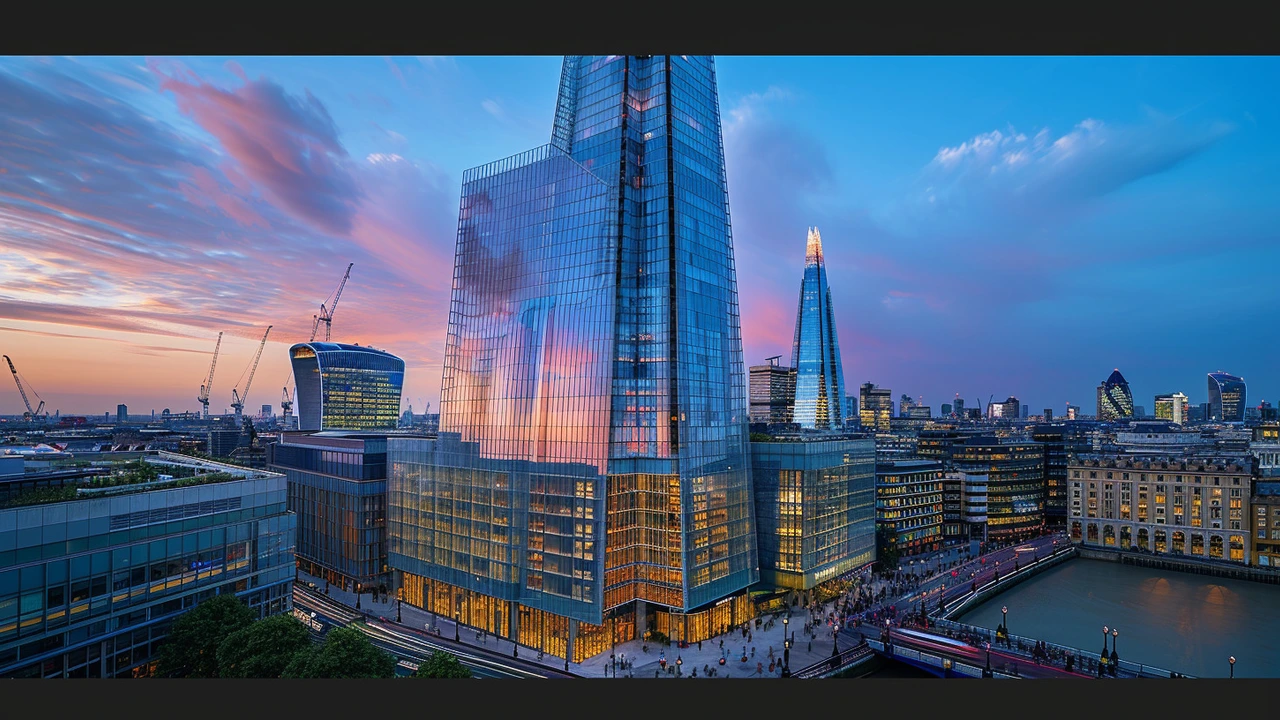Future Construction: What Past Styles Teach Tomorrow's Buildings
Think future construction is only about shiny glass and robots? History has smarter lessons. Buildings that last combine old ideas—like Roman concrete and Gothic spans—with new tech like 3D printing and sensors. If you want durable, flexible, and meaningful buildings, learn from the past and use practical steps that work.
Lessons from the past
Roman engineering shows the value of material innovation: their concrete mixes solved big structural problems; today’s low-carbon concretes aim for the same durability while cutting emissions. Gothic builders taught us how to move loads with arches and flying buttresses—those moves still help design long spans with less steel. Beaux-Arts and Renaissance details prove that public trust can come from thoughtful proportion and clear civic design; you can add identity without excess cost by simplifying classic lines. Minimalism in tech reminds designers to remove noise: clearer layouts, fewer unnecessary systems, easier maintenance. Functionalism points to designing for real social use—spaces that are easy to navigate, adaptable, and served by local infrastructure.
Practical steps for builders and planners
Pick materials for longevity and carbon impact. Test mixes and favor prefabricated elements that cut waste. Use modular construction to speed up builds and allow future changes—walls and services that can be reconfigured save money over decades. Design structural systems that borrow from historic solutions: arches, shells, and domes work well with modern composites and reduce material use. Prioritize passive design—orientation, shading, and natural ventilation—to lower running costs without fancy gadgets.
Plan for reuse before you break ground. Make ceilings high enough for future floors, route services in accessible chases, and choose fixing systems that let components be removed and reused. Add simple digital tools: place sensors for occupancy and energy use now so you can tune systems later. That’s cheap compared to ripping out ducts or redoing controls in five years.
Think about people, not just form. Public spaces shaped by classical proportions or human-scaled Craftsman details feel familiar and encourage use. Meanwhile, playful postmodern elements can give neighborhoods character if used sparingly. Blend identity with durability; a well-placed cornice or brick pattern can make a place memorable without complex fabrication.
Finally, budget for maintenance. Long-term success comes from small annual investments: a roof inspection, repainting trims, and updating controls. Conservation practices used on Beaux-Arts and Byzantine monuments show that steady care prolongs buildings far beyond initial expectations.
Future construction isn’t a rejection of history. It’s picking what worked, fixing what failed, and using new tools to build places that last, adapt, and feel right to people. Start by testing materials, designing for change, and planning maintenance—your next project will thank you in forty years.
Quick checklist: set measurable longevity targets, require modular wall systems in contracts, run a carbon-budget for materials, pilot low-carbon concrete on one section, add sensor-ready wiring, and schedule yearly conservation reviews. These steps are low-effort but change long-term costs and community value. Start small, measure results, then scale what works. Your city will notice the difference.

A New Dawn in Sustainable Architecture: Designing for the Future
Sustainable architecture is reshaping how we think about building design and construction. This article delves into the innovative practices that are making our built environment more eco-friendly. Learn about the key principles, groundbreaking materials, and real-world examples driving this movement, along with practical tips for incorporating sustainability into your own projects.
Read more